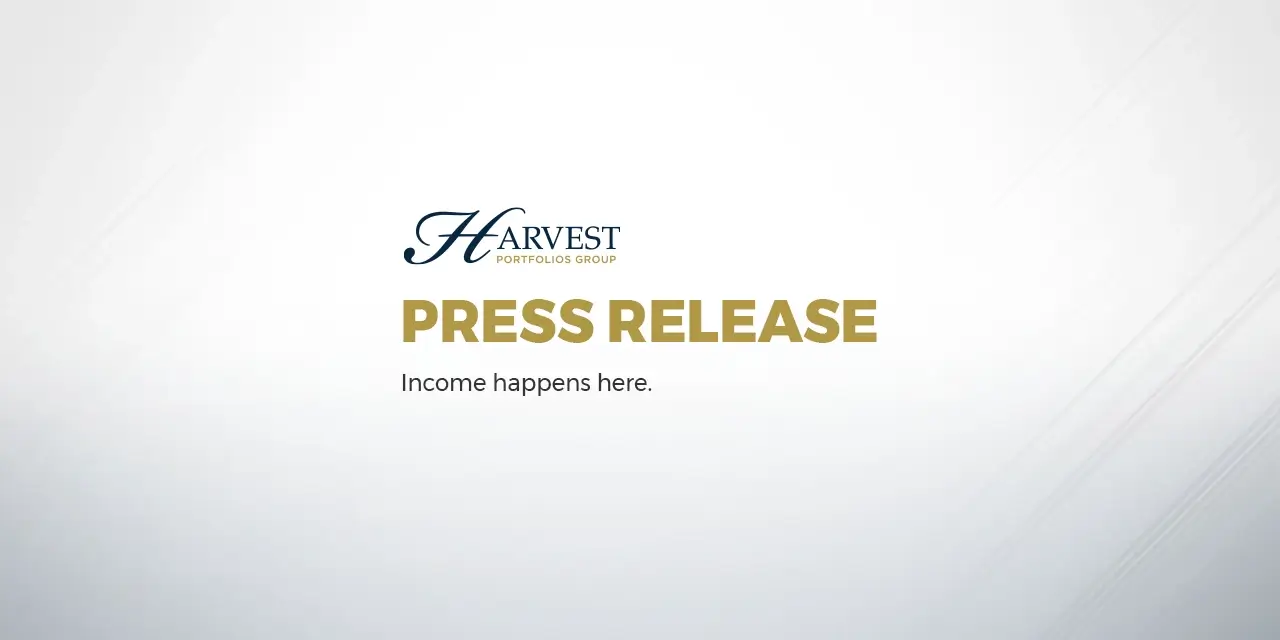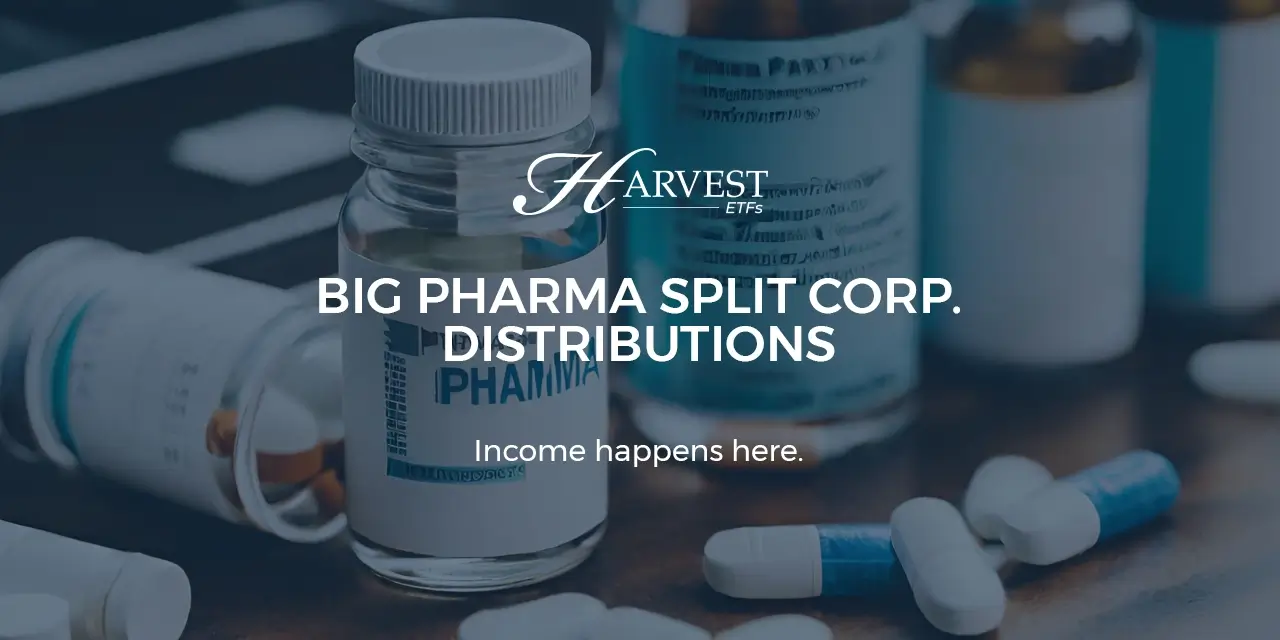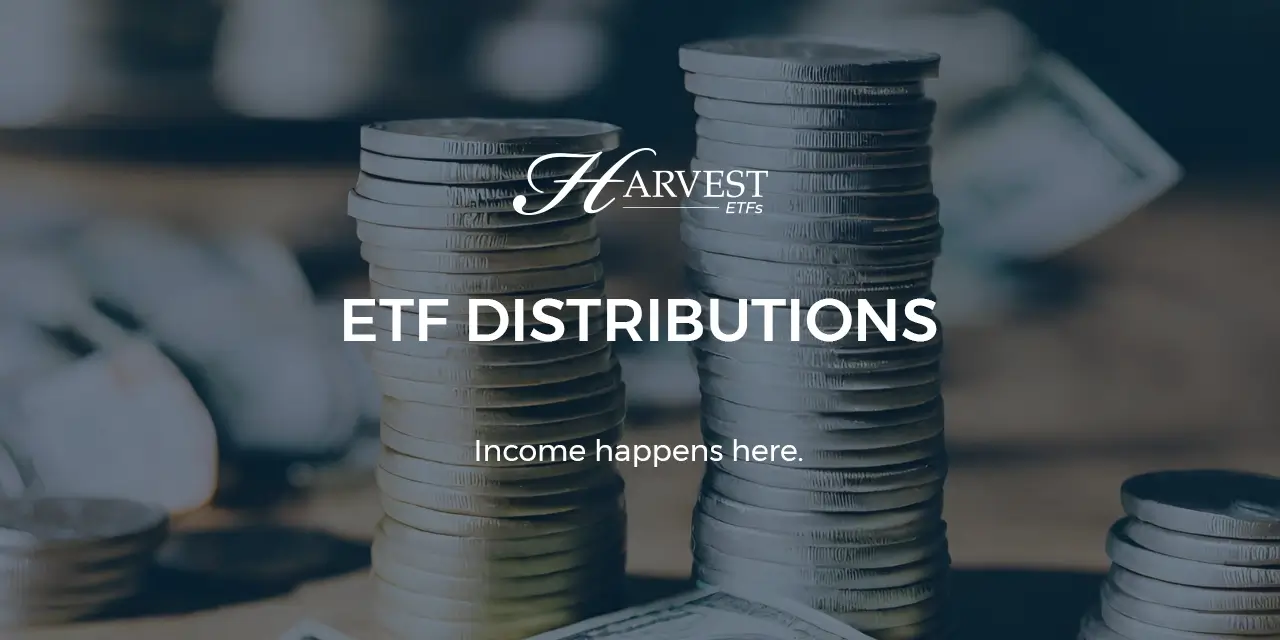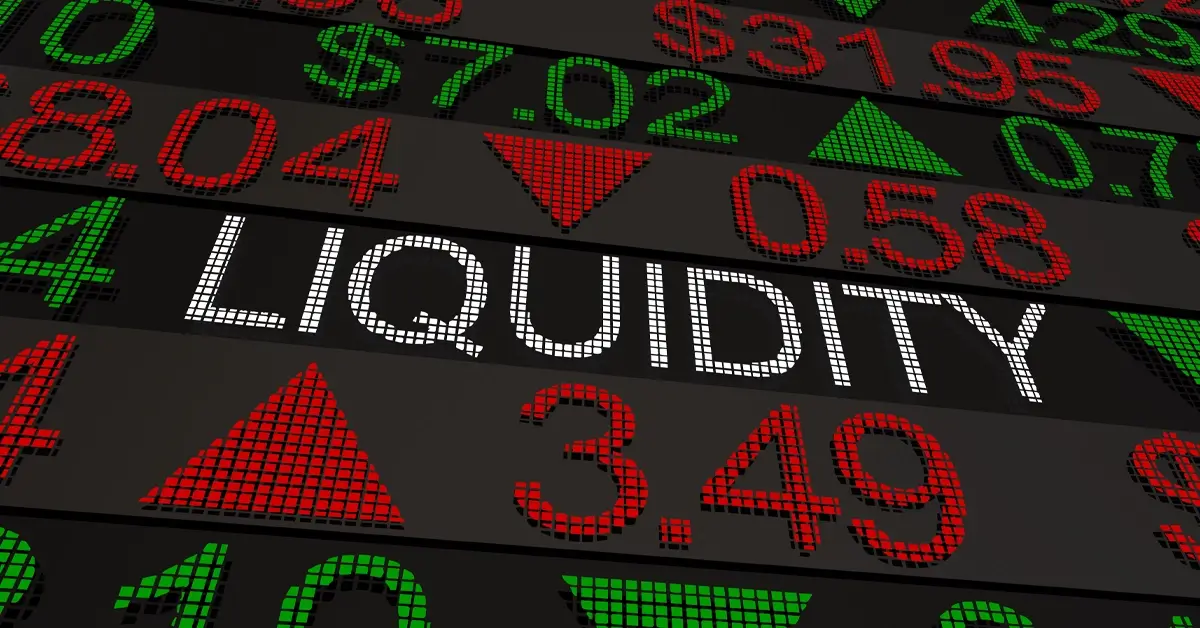 When Canadians begin to plan for retirement many often ask a simple question: “how much money do I need to retire?” That’s because in many of our minds, planning for retirement is primarily about building up our savings accounts and reviewing pensions that may not keep pace with the cost of living. That means achieving a “magic number” which we can live off for the rest of our days.
When Canadians begin to plan for retirement many often ask a simple question: “how much money do I need to retire?” That’s because in many of our minds, planning for retirement is primarily about building up our savings accounts and reviewing pensions that may not keep pace with the cost of living. That means achieving a “magic number” which we can live off for the rest of our days.
The trouble with that thinking is the “magic number” needs to account for your whole life. It needs to cover the unexpected twists and turns life can take, the fact that Canadians are living longer than ever, inflation, and your plans to leave a legacy to the next generation. The lump sum amount that accounts for all those factors can look astronomical and unachievable.
This is why income-generating investments can be so important for retirees. By allocating assets in a retirement fund to income-generating investments, retirees can generate the cash they need to live on without having to draw down on their core capital (at least until they turn 71). The question then turns from “how much money do I need to retire?” to “how much income do I need to retire.”
Achieving your income goals
With a new focus on income-generation, rather than a single lump sum, Canadians planning for retirement can work with their advisors to build investment portfolios in line with their goals. The generally accepted is that your retirement income should be around 80% of your pre-retirement income. If you took home $100,000 in your working life, your retirement portfolio should pay you $80,000 per year.
Some of that income will be covered by the Canada Pension Plan (CPP), Old Age Security (OAS), the Guaranteed Income Supplement (GIS) and any private pensions you may be entitled to. However, according to the National Institute on Ageing, 90% of private sector employees don’t have a private pension plan. The average CPP payment at age 65, as well, is only $779.32* per month in 2022 coupled with the average OAS payment at age 65 of $648.67* for a total of $1,428 a month or $17,136 annually, which is about 50% of a current full-time minimum wage annual salary. Retirement savings and investments are more important than ever for retirees.
Achieving that is another matter. In past decades fixed income from government and corporate bonds would generally have high enough yields to generate steady, stable retirement income. Over a decade of historically low interest rates have all but wiped out that utility from traditional fixed income. As of April 19th 2022 the US 30-year treasury bond was paying a yield of 2.993%, which is one of the highest yields it has paid in around a decade. Generating $80,000 of income from a rate that low requires just under $2.7 million held in those bonds. In a hypothetical scenario where the market doesn’t move and you don’t reinvest interest paid on your bond holdings, if you started saving at age 30 and wanted to retire at 65 with that $2.7 million in the bank, you would need to save around $77,000 per year. And that’s before we factor in the rate of inflation.
That’s impossible. You would need a higher yield.
That higher yield can be found by looking beyond traditional fixed income products towards a key investment for people seeking high yields: equity income ETFs.
Retirement Income from Equity Portfolios
Equity Income ETFs generate high yields, typically above 5%, through portfolios of stocks. Some of those stocks will pay dividends, but many equity income ETFs use covered call strategies to generate that additional income. That is the core of Harvest ETFs’ strategy for equity income. Our portfolio managers build ETFs as baskets of high-quality companies and use a covered call strategy to generate consistent monthly income, achieving high annual yields that retirees can live on. Those yields can be as high as 8.5%.
We should note that too much investment income in retirement can actually see your CPP and OAS payments reduced and GIS eliminated. Balance is important when considering retirement income. If you want to strike the right balance, though, it’s important to have products available that can supply a sufficiently high yield to support your lifestyle, as opposed to bond yields that require millions in holdings to generate enough income.
In the same hypothetically static market we used to discuss retirement income from bonds, achieving an $80,000 annual retirement income at an 8.5% yield would only require around $940,000 in savings. That’s before we even begin to discuss the opportunity for capital appreciation that comes with owning a portfolio of equities.
Everybody’s retirement goals and needs are different, and you may want to seek independent advice to help meet those goals. But, if you find yourself thinking about a ‘magic number’ for retirement, rather than considering the question of ‘how much money do I need to retire?’ you may want to consider the question, ‘how much income do I need to retire?’ Considering that question means thinking about one more: ‘where can I find a high enough yield for my retirement income?’ That’s where equity income ETFs can be a part of the answer.
Disclaimer: The content of this communication is for informational purposes only. All comments, opinions and views expressed are of a general nature and should not be considered as advice and/or a recommendation to purchase or sell any securities or used to engage in personal investment strategies. Information contained in this document is believed to be accurate and reliable, however, we cannot guarantee that it is complete or current at all times.
*Government of Canada website













